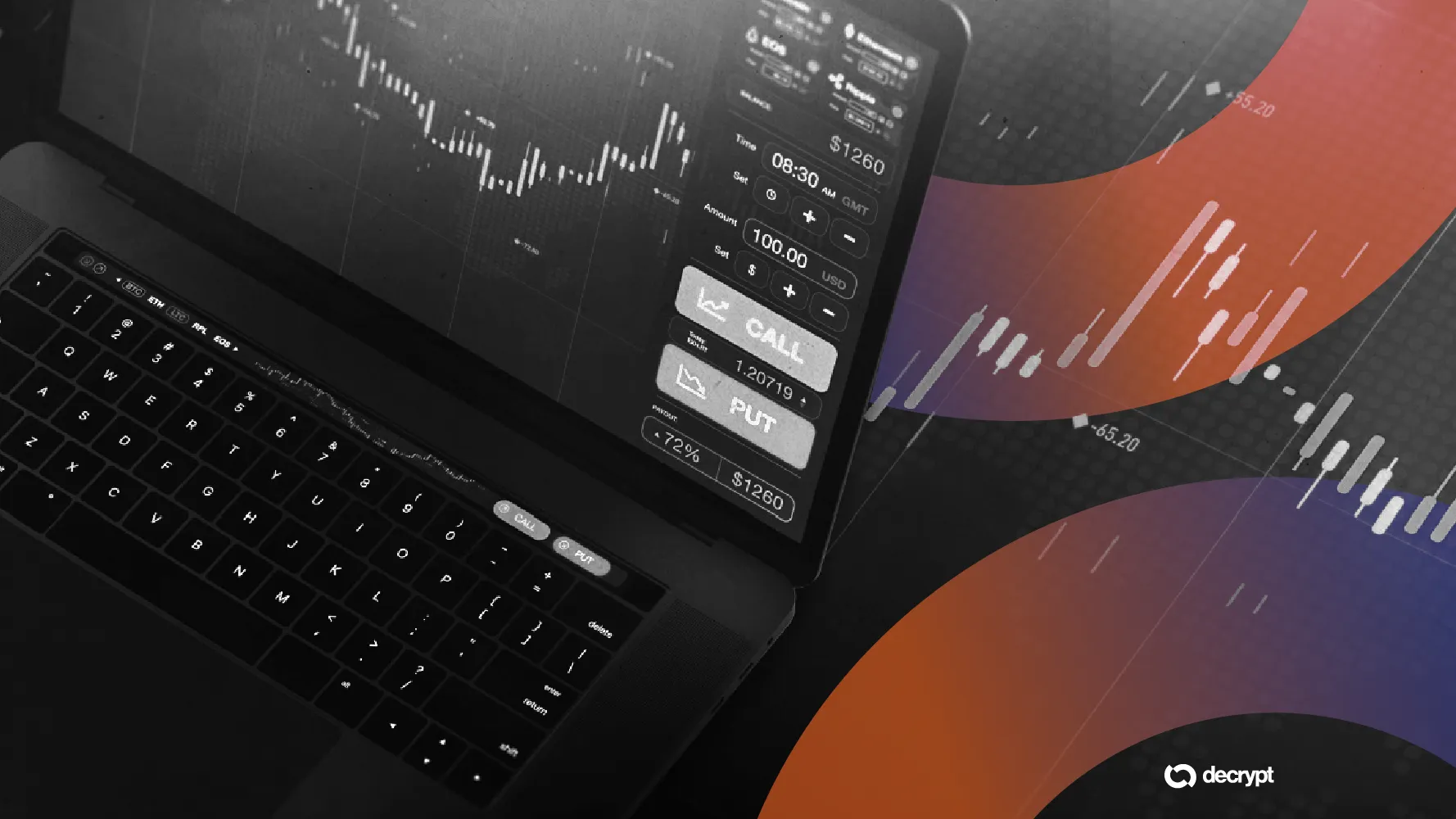In brief
- Circuit breakers prevent panic selling on Wall Street, but some experts feel they are impractical, and potentially dangerous, in decentralized finance.
- DeFi protocols will always be open, even if “front ends” implement restrictions, Amanda Tuminelli of the DeFi Education Fund said.
- They could cause price dislocations to become worse, Gregory Xethalis of Multicoin Capital said.
Cryptocurrency prices plummeted last Friday as cascading liquidations fueled historic volatility, yet some experts are saying that Wall Street’s old-school safety net wouldn’t have helped.
In the U.S., venues like the Nasdaq and New York Stock Exchange have used circuit breakers to promote orderly trading since 1988, following the stock market crash known as Black Monday. They found that investors needed more time to react to changing market conditions.
In traditional finance, a “timeout” may reduce panic selling, but following more than $19 billion in crypto liquidations last Friday, some experts insist that those safeguards don’t map cleanly onto decentralized finance—and could even make conditions worse. (There are indications that forcibly closed positions on some platforms may have gone underreported.)
During a panel discussion at DC Fintech Week in Washington, D.C., Amanda Tuminelli, executive director of the DeFi Education Fund, said “there is no off button” in DeFi that would allow an individual or entity to exert unilateral control over networks and assets.
“That is because code is autonomous,” she said, in reference to services underpinned by smart contracts. “Decentralized systems like Uniswap, Ave, and dYdX performed through the entire liquidity crisis, and that is a testament to the resilience of decentralized technology.”
The cryptocurrency market is decentralized, and the same qualities that may make it impractical to implement market-wide trading halts or circuit breakers are the same ones that enable digital assets to trade hands around the clock, every day of the year.
With $19 billion worth of leveraged positions liquidated last Friday, some traders who were seeking outsized returns were swiftly wiped out. And conditions deteriorated to the point where some market makers, including Wintermute, say they were forced to retreat.
Circuit breakers can restrict trading activity on a market-wide basis or focus on individual securities. They are triggered automatically when a price or index moves a certain amount within a specific timeframe, with various levels of restrictions.
Tuminelli noted that it may be possible to implement restrictions on the “front ends” of services that connect to DeFi protocols, but she argued that “just means there are a million other front ends that can access the same protocol,” potentially limiting their effectiveness.
Gregory Xethalis, general counsel and partner at investment firm Multicoin Capital, said it may be tempting to try and implement safeguards in DeFi that parallel traditional markets, but they could actually have the opposite effect by exasperating price discrepancies across venues.
Traditionally, circuit breakers have worked well in U.S. securities markets, where an asset typically trades on one venue and buy and sell orders are consolidated in one place. In DeFi, however, assets trade universally, with constant arbitrage across venues.
“The only thing you can implement with a circuit breaker [in DeFi] is a dislocation,” he said. “Solutions that we look to for new markets must be designed for those new markets.”
That’s not to say DeFi is incapable of coming up with its own solutions, Xethalis added, or taking inspiration from centralized markets when designing risk parameters for protocols.
“But we should be careful not to fall into the trap of thinking that yesterday’s solutions will always work for tomorrow’s products,” he said. “This stuff trades throughout the globe.”

